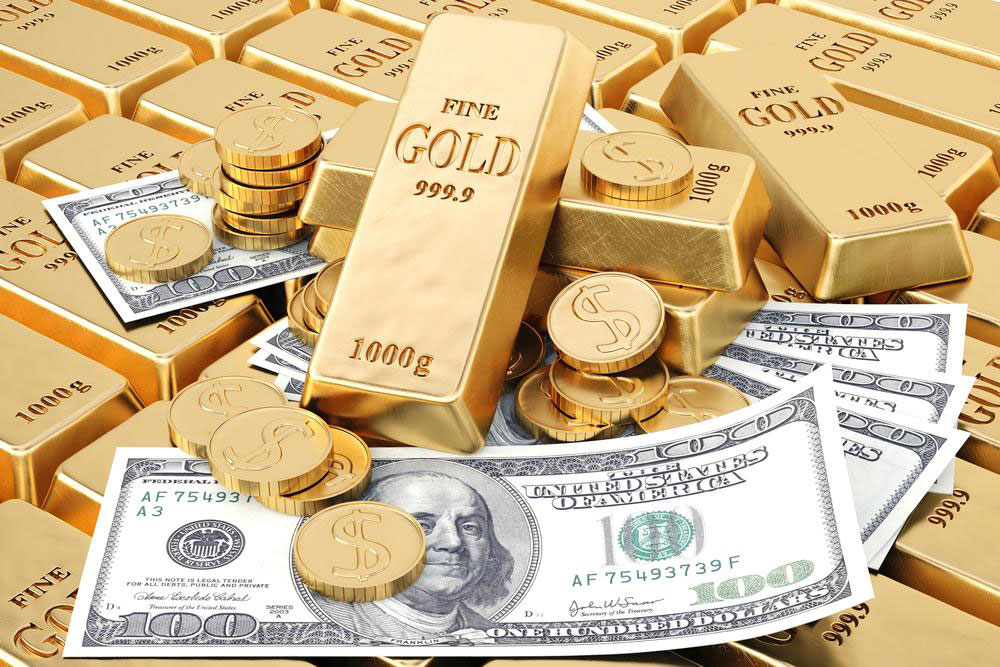Factors that affect gold prices
The price at which gold, as a metal, is traded in the gold market, is commonly referred to as the gold price, which is a significant indicator of any nation’s economy. For instance, when the prices skyrocket, it implies the economy is facing a downturn because of which people buy more gold to stay safe. On the contrary, when gold prices dip, it is a sign of a healthy economy.
Factors that influence the price of gold
Here are some of the most common factors that influence the price of gold even on a daily basis.
Monetary policy: The monetary policy of the US usually has the biggest influence on gold prices.

Demand and supply: The simple economics of demand and supply will have an impact on the physical gold prices. An increase in demand with low global supply could pull the prices up while an oversupply could bring down the prices.
Inflation: It is because of inflation that the gold prices are rising. A higher rate of inflation tends to push the gold prices up whereas a low inflation rate lowers the prices of gold.
Movement in currency: The movement of the US dollar has a direct impact on the gold prices. A decline in the value of the US dollar will increase the price of gold. On the contrary, a strong US dollar will lower the gold prices. This is because the currencies around the world increase in value when the US dollar falls and vice versa.
Gold is considered an investment commodity across the world and is still purchased and sold by many. When the prices rise, gold owners prefer to sell gold, and they purchase gold biscuits when the prices are low. Many people also like to invest in collectible gold coins, although it needs a tremendous amount of study and a clear understanding of the grade of coins. So, whether you are looking to buy gold biscuits or coins, remember that there is no one specific factor which controls the fluctuation of the gold price. Hence, do your research well before making an investment decision.

